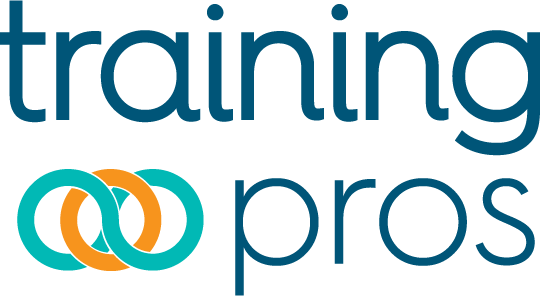Negotiating Best Deals In Medical Device Business Development
As the medical device industry changes, companies are looking to achieve sustainable growth and business development. Corporate strategy executives are deemed the task of finding the next new project that will help propel their organization forward. Whether an organization’s next focused endeavor is organic or inorganic, it is the role of the Business Development executive to determine which decision will bring optimal return on investment for their organization.
At Q1Productions, we are holding our 3rd Annual Medical Device Business Development: Mergers, Acquisitions & Corporate Strategy Conference on January 30 – 31, 2017 in Atlanta Georgia. At this one of a kind conference there will be more than 24 presenters to meld perspectives of industry veterans; including presenters from Zimmer Biomet, Johnson & Johnson, Medtronic and Brandeis University. In preparation for this conference, I sat down with the presenters and discussed the three main things to keep in mind when negotiating creative deal structures. These are my takeaways from those conversations.
Build Relationships
M&A opportunities are very relational in nature. There are very few deals that involve a one-time payout, so it’s important to keep in mind there is skin in the game for both organizations. In order to succeed, both companies must understand the other’s vision, and keep in mind that the end result has to be a growth experience for BOTH organizations. This helps businesses negotiate fairly which, in turn, makes both organizations credible partners and mitigates risk.
In order to build effective relationships with potential partners, it is important to understand what drives people, not just as business people but as human beings. No two people are going to approach the situation in the same way, especially when different corporate cultures are involved.
“There are ways and methods to overcome the dysfunction of deal making by focusing attention on the human side of interacting with each other,” said Steve Plymale, President & COO of Profound Medical. He went on to compare a deal-making mindset to the one you would use when negotiating where to take a family vacation. People may come at it with different perspectives, because some of them are athletic and some just want to lay on a beach. However, if you understand the predispositions and idiosyncrasies that people bring to the table in making a deal, it can make the experience much more productive.
A good rule of thumb to remember: how you get there matters just as much as the end result you are trying to achieve.
Think Outside of the Box
Negotiation requires more strategic thinking than it did even 10 or 15 years ago. Two companies that would have never partnered before, now have common ground through technology. Technology providers that are doing applications like imaging or robotics can help facilitate a number of acquisitions down an organization’s pathway in the future.
Technology right now is not game changing in the devices themselves as much as in the procedural aspect of the partnership. Chris Lyons, Director of Global Business Development at Medtronic, looks at it from this perspective; “how can I take what I have, and marry it up in a value-based manner by taking the patient all the way through a continuum of care for a successful outcome?”
Deal making may be harder with outside the box thinking, but it also provides more opportunities for creative value building. Companies can now branch out into areas they couldn’t have before. It is important to keep these new opportunities in mind when negotiating and searching for value.
Do Your Homework
The due-diligence team has an extremely important role in negotiation. There is always going to be the elements of the deal that are about value, valuation, reimburse-ability, and terms and conditions, but there are other things to consider before making a deal.
Best deal makers consider if the acquisition, partnership, or product is the strategic fit for the whole life cycle. This means incorporating a successful integration approach at the beginning of negotiations. Any changes made to an organization in the process of merging can have a ripple effect. For example, when ending a relationship with a supplier, the due-diligence team must secure reliable second sourcing. There are many things that can go wrong, and planning for variables can make the difference between a successful deal and a failure.
When I asked Nicholas Pachuda, Global Vice President of Orthopedic Innovation for Johnson & Johnson Medical Devices, what factor most determines if a new target will succeed, he replied: “[the] quality of the target’s Management Team.” He went on to emphasize that it is also important not to underestimate the importance of a well-orchestrated transition process.





